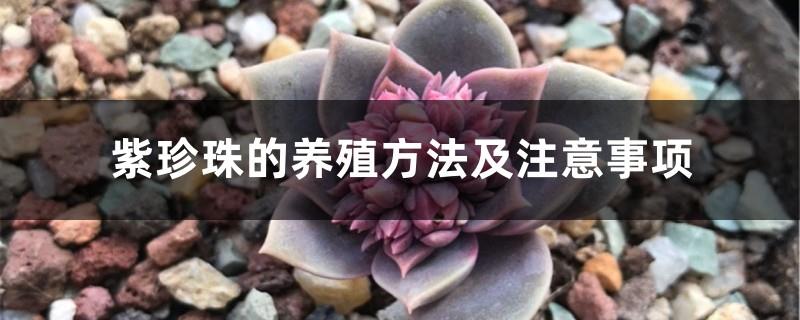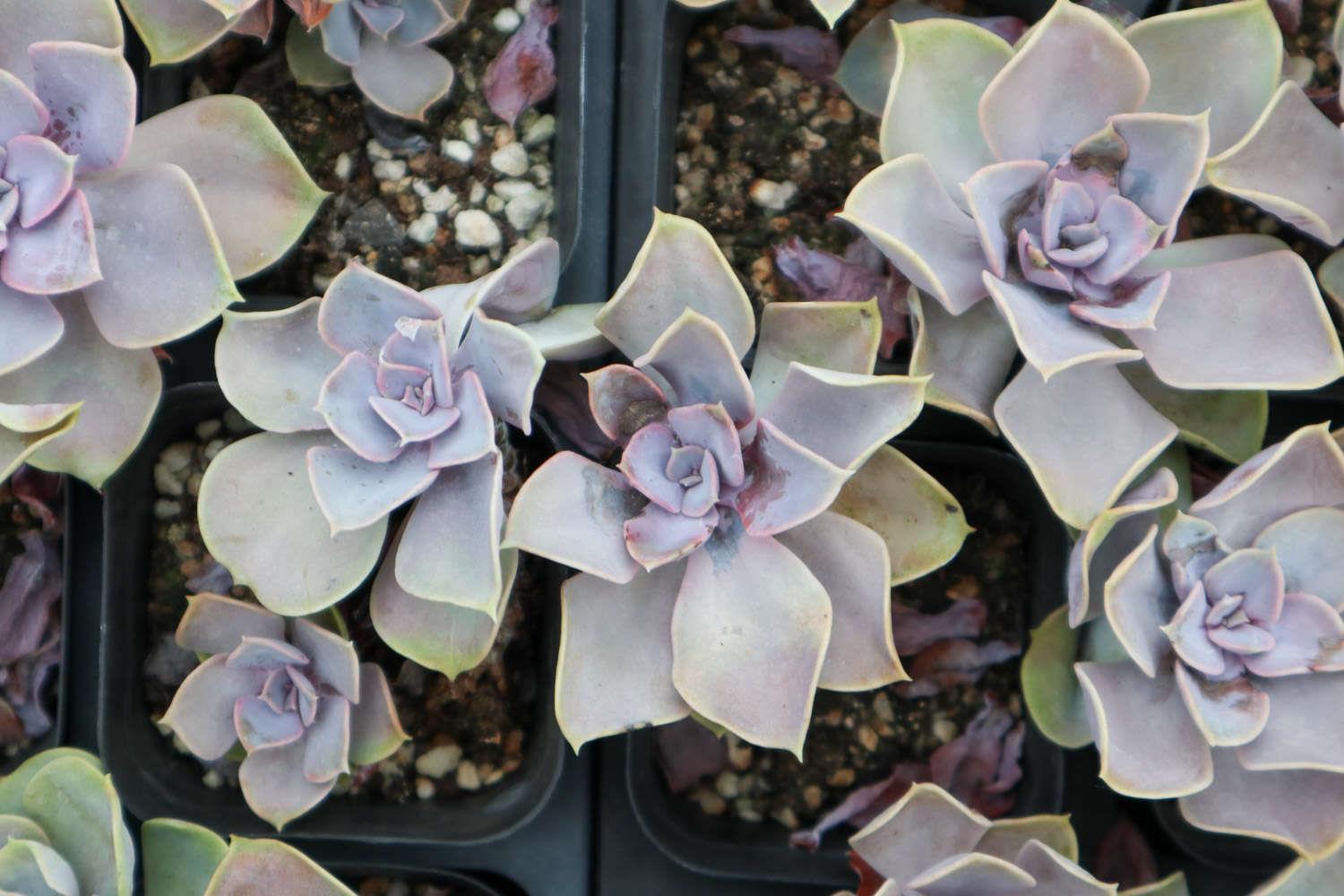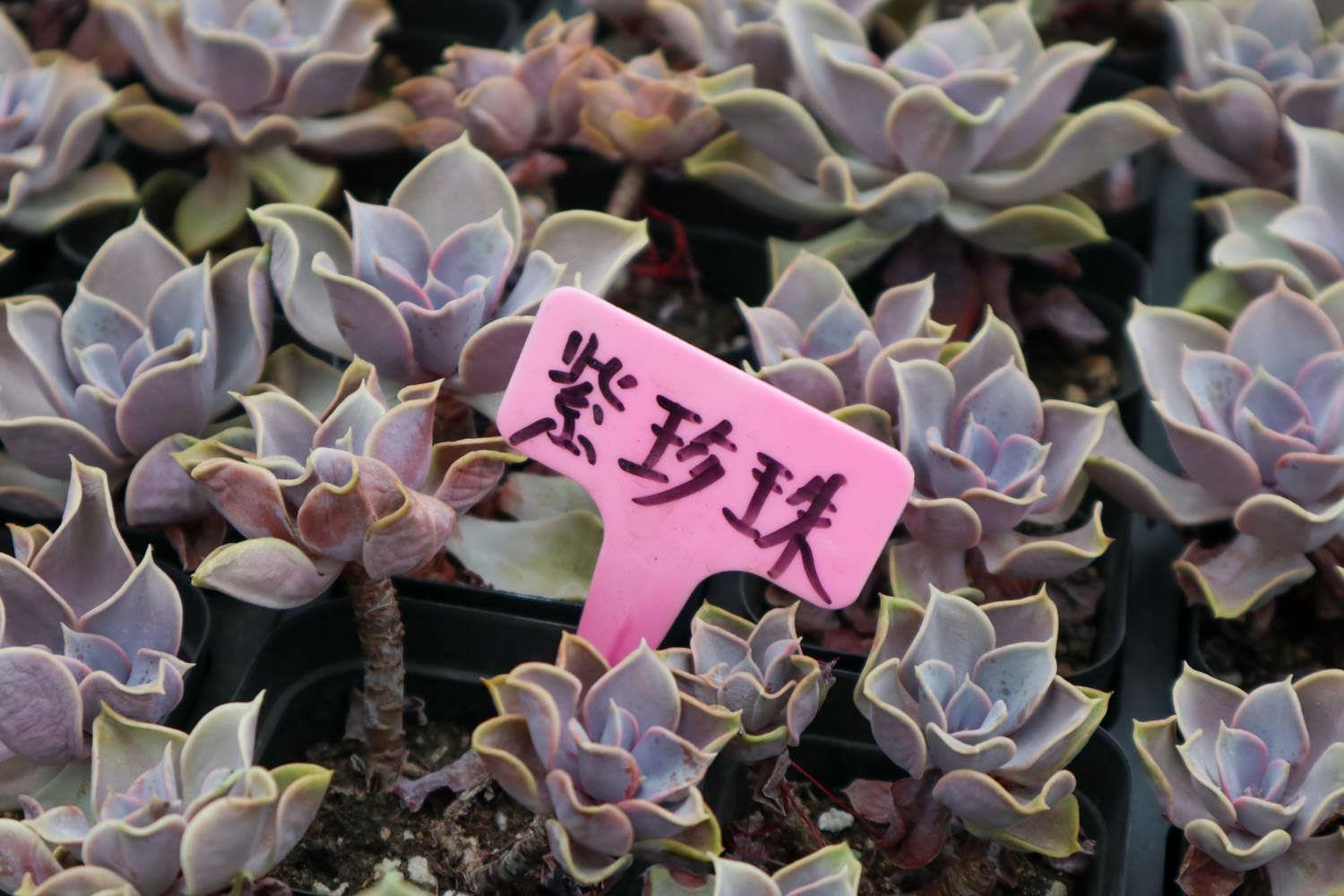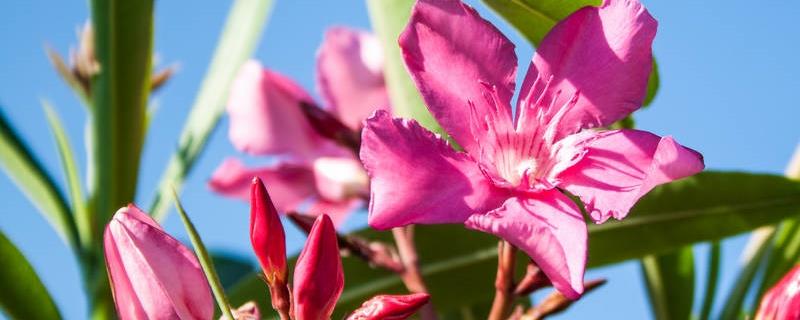Purple pearl cultivation methods and precautions
Last Update :2024.11.19
Article Catalog
Soil: Relatively moist soil is required, and cinders can be mixed with peat and a small amount of perlite; Temperature: The suitable temperature is 15-25°C, not lower than 5°C in winter, and timely ventilation is required in summer; Light: Ensure sufficient Light; watering: keep the soil moist during the growth period and spray water appropriately; fertilization: fertilize once every 20 days during the growth period.

1. Maintenance points
1. Maintenance points
Purple pearls need sufficient sunlight, a cool, dry environment, and need to be carefully cared for at home!
Mixed soil:
The soil needs to be kept relatively moist during the growth process of purple pearls. The soil is generally made of cinder mixed with peat and a small amount of perlite, the ratio is about 5:4:1, and a layer of river sand is spread on the surface of the soil. Or use humus soil, river sand, garden soil, and furnace slag in a ratio of 3:3:1:1.
Reasonable temperature control:

The most suitable temperature for the growth of warm purple pearls is 15-25 degrees, and not lower than 5 degrees in winter. Purple pearl has the habit of growing normally in winter and dormant in summer. Therefore, ventilation, heat and moisture should be paid attention to in summer, which can reduce the occurrence of pests and diseases.
Adequate light:
The environment where Purple Pearl is located must have sufficient sunlight. Insufficient light will make the leaves elongated and lose their luster; only with sufficient sunlight will the plant become short. Strong, the leaves are arranged compactly and look exquisite and cute. There is less sunlight in winter, so purple pearls should be placed indoors in a sunny place for maintenance.
Proper watering:

The growth period of purple pearls is from September to June of the following year.
The soil during the growing period should be kept moist, and watering should be done thoroughly and thoroughly. When the air is too dry, you can sprinkle water around, but do not spray the leaves directly, let alone cause water on the leaves, which are prone to rot.
Reduce the frequency and amount of watering during dormancy in summer.
Scientific fertilization:
The growth period requires more nutrients, and fertilization is generally done once every 20 days.
During the dormant period in summer, growth is slow or even non-existent, and the nutrients required are relatively reduced. Apply as little or no fertilizer as possible.
2. Propagation Methods
The main propagation methods of purple pearls include cutting and division. The cutting method is more commonly used in home planting. Cuttings are divided into leaf cuttings and cuttings. Here is a brief introduction to commonly used leaf transplanting methods!
Leaf Insertion
Put the complete mature leaves flat on the moist sand, with the leaf side facing up and the back of the leaf facing down.
Place the flower pot in a cool place and observe. After 10 days, small leaves and new roots will grow before proceeding to the next step.
Bury the new roots into the soil, expose them to more sunlight, water and fertilize appropriately, and new plants will grow out in no time!
2. Reproduction method
- END -
What saplings grow quickly and are valuable?

1. Rubber tree: The rubber tree is rich in latex, which can be made into latex. Th...
The difference between oleander and peach trees

Different varieties: Oleander belongs to the family Apocynaceae, with a maximum he...